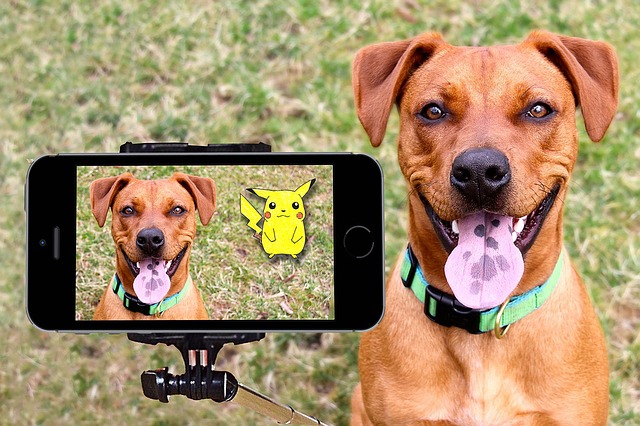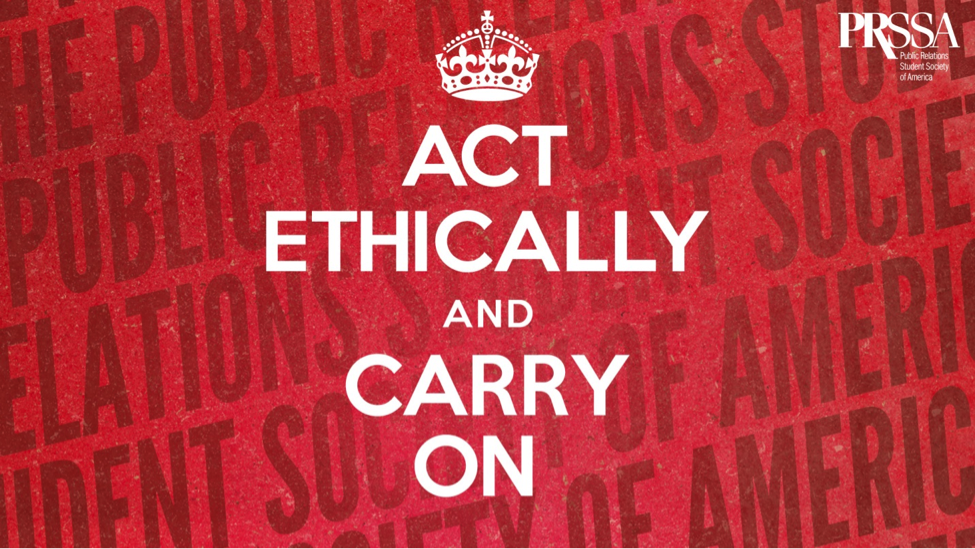
Do you want to be the very best, like no one ever was? If so, then you’re probably one of the 7.5 million people who have downloaded the Pokemon Go app since its recent launch.
The app, a location-based augmented reality game that enables you to catch virtual Pokemon in the real world, has experienced a tremendous start since its release in the United States. Pokemon Go has captivated mobile users of all ages worldwide, quickly becoming a cultural phenomenon.
Within weeks, the game generated an estimated $1.6 million in revenue per day. Benefiting from this instant success is Nintendo, parent to Pokemon Co., which has already seen a 25 percent increase in stock shares and added nearly $11 billion to its market value.
The popularity of Pokemon Go and its clear potential for profit not only have opened the door for Nintendo’s success, but also have become a tool for Pokemon-inspired marketing by food and retail businesses.
The game format encourages users to explore their real-world cities to find in-game Pokemon , PokeStops or Gyms, which can be found at actual landmarks and local businesses. This alone is a valuable marketing tool that can result in rising visits and an increase in foot traffic for any organization hoping to convert locals who want to play into customers willing to pay.
Real-world marketing value
Some establishments have already realized the marketing potential of the virtual Pokemon in the real world. By flaunting ties with the game, Main Street businesses have been able to set themselves up for an increase in recognition, popularity or profit.
Storefronts have found a number of ways to engage with the traveling hordes of Pokemon trainers. One of the most popular methods of capitalizing on the app’s hype is to place Lure Modules at Poketops at or near a business’ location.
A Lure Module is a well-recognized in-game feature that enables users to attract Pokemon to a certain area. Although the Lure Modules were designed to bring in Pokemon, they’re also bringing in a slew of gamers.
‘Poke-marketing’
Pokemon Go has become a great way for retail business to attract potential customers to its location. Once gamers are lured in, stores have taken “Poke-marketing” a step further by offering tailored discounts and promotions.
These strategies are just the start of what is sure to become a more prevalent marketing approach as the app rolls out in more countries, evolves and inspires copycats. Bringing an entire generation’s childhood nostalgia into the modern age of augmented reality gaming is unlike anything we’ve ever seen before.
Although this level of popularity can be fleeting, Pokemon has retained its status as a recognizable and well-loved brand since 1996. With the game’s technological sophistication and promise of added, advanced features—in-game chat functions, head-to-head battles, Pokemon trading, and so on—there doesn’t seem to be an end to Pokemon Go’s success anytime soon.
Kelly Holcombe is an account coordinator at Flackable, a national financial public relations and digital marketing agency. Connect with her on Twitter: @kelly_holcombe . This article was reposted from http://bit.ly/29WN08c (PR Daily)


